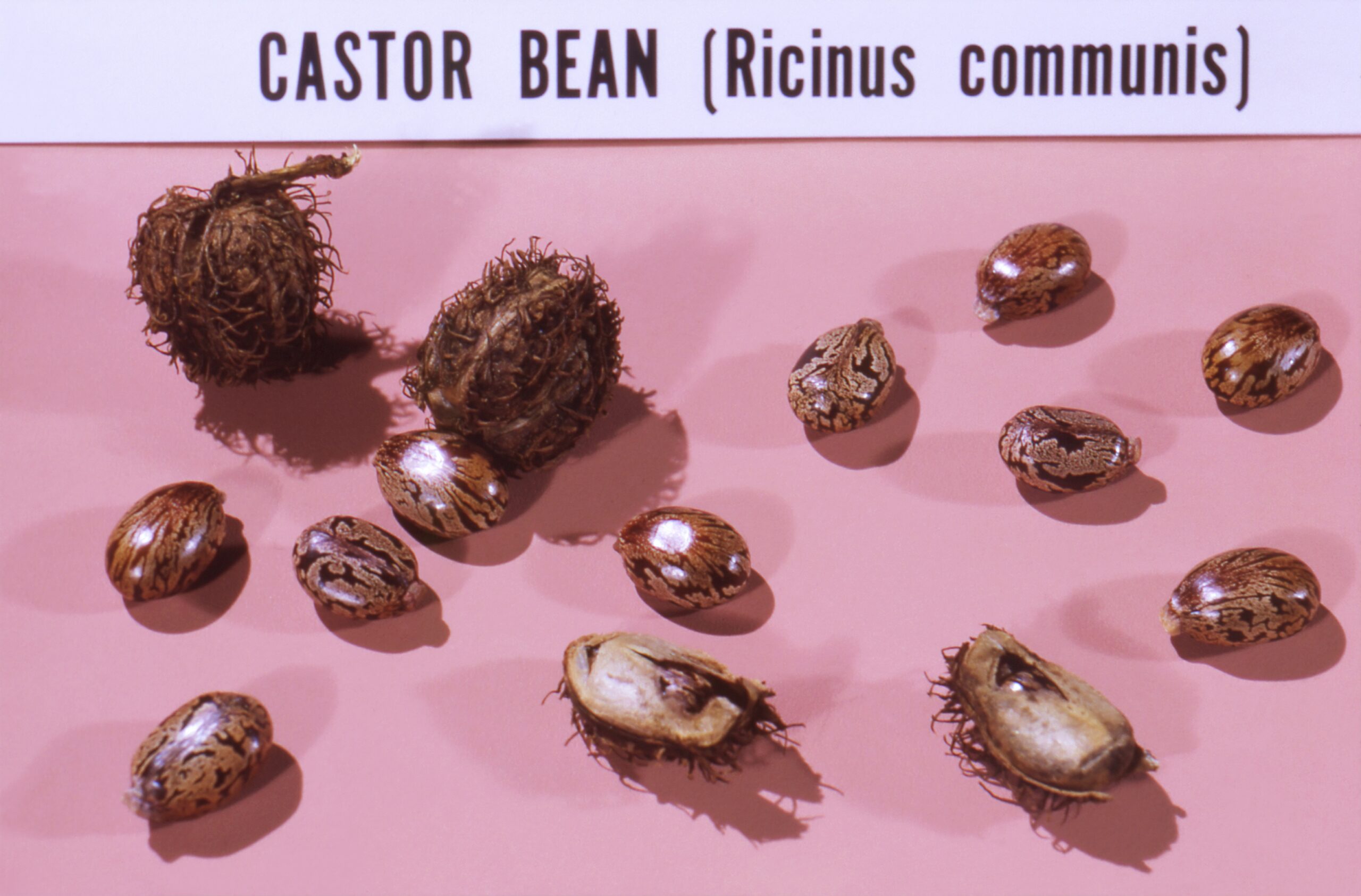Cyanide poisoning is a serious medical emergency that requires prompt diagnosis and immediate treatment. Cyanide is a highly toxic compound that can be found in various forms, including hydrogen cyanide gas and certain chemicals. Exposure to cyanide can occur through inhalation, ingestion, or absorption through the skin. In this article, we will discuss the diagnosis and treatment options for cyanide poisoning.
Diagnosis of Cyanide Poisoning:
1. Clinical Presentation:
– Cyanide poisoning can present with a range of symptoms, depending on the route and extent of exposure. Common symptoms include headache, dizziness, confusion, rapid breathing, nausea, and vomiting.
– Severe cases may lead to seizures, loss of consciousness, cardiac arrest, and even death.
– It is important for healthcare professionals to be aware of the potential signs and symptoms of cyanide poisoning, especially in cases where exposure is suspected.
2. Laboratory Testing:
– Blood tests can help confirm the diagnosis of cyanide poisoning. These tests may include measuring the levels of cyanide in the blood or detecting the presence of cyanide metabolites.
– Arterial blood gas analysis can reveal metabolic acidosis, a common finding in cyanide poisoning.
– Other laboratory tests, such as lactate levels and carboxyhemoglobin levels, may also be performed to assess the severity of poisoning and guide treatment.
Treatment of Cyanide Poisoning:
1. Immediate Actions:
– The first step in treating cyanide poisoning is to remove the person from the source of exposure and provide them with fresh air.
– If the person is unconscious or not breathing, cardiopulmonary resuscitation (CPR) should be initiated immediately.
– Emergency medical services should be contacted for further assistance and transport to a medical facility.
2. Antidote Administration:
– The mainstay of treatment for cyanide poisoning is the administration of an antidote, such as hydroxocobalamin or sodium thiosulfate.
– Hydroxocobalamin works by binding to cyanide to form a stable compound that can be excreted from the body. It is usually given intravenously.
– Sodium thiosulfate acts by increasing the conversion of cyanide to thiocyanate, which is less toxic. It is also given intravenously.
3. Supportive Care:
– In addition to antidote administration, supportive care is essential in managing cyanide poisoning.
– This may include providing oxygen therapy, monitoring vital signs, and maintaining adequate hydration.
– If necessary, treatment for complications such as seizures, cardiac arrhythmias, or respiratory distress should be initiated.
4. Decontamination:
– Decontamination measures should be taken to prevent further absorption of cyanide. This may involve removing contaminated clothing, washing the skin with soap and water, or flushing the eyes with saline solution.
5. Monitoring and Follow-up:
– Patients with cyanide poisoning should be closely monitored in a healthcare facility.
– Serial blood tests may be performed to assess the effectiveness of treatment and monitor for any complications.
– Psychological support and counseling may be necessary for individuals who have experienced cyanide poisoning, as it can be a traumatic event.
In conclusion, cyanide poisoning is a life-threatening condition that requires immediate medical attention. Prompt diagnosis and treatment are crucial for a successful outcome. Healthcare professionals should be familiar with the clinical presentation of cyanide poisoning and be prepared to initiate appropriate interventions. By following the recommended treatment guidelines and providing supportive care, the chances of recovery can be significantly improved for individuals affected by cyanide poisoning.
Remember, if you suspect cyanide poisoning, seek medical help immediately and do not attempt to treat it on your own.
Note: This article is for informational purposes only and should not be considered as medical advice. Always consult with a qualified healthcare professional for proper diagnosis and treatment of cyanide poisoning.
